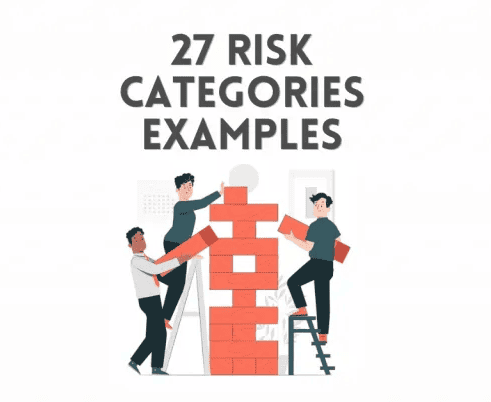
A risk category is a classification of risks based on the organization’s business activities. It gives a systematic overview of their underlying and possible risks and potential risk sources. Individual project risks can be grouped into risk categories for evaluating and responding to them.
Risk can be defined as an event or circumstance that potentially adversely affects objectives. A thorough understanding of various types and categories of risk can help you better prepare your organization for any unanticipated events, increasing the likelihood that your objectives will be met.
How to Identify Risk Categories
Purpose and Need
Identify what you want to accomplish or achieve. Once this is established, it will become much easier for you to determine the main risks involved with your project. This means that before assessing any risk, one must understand why they are doing something to know how best to approach specific tasks that may pose threats later.
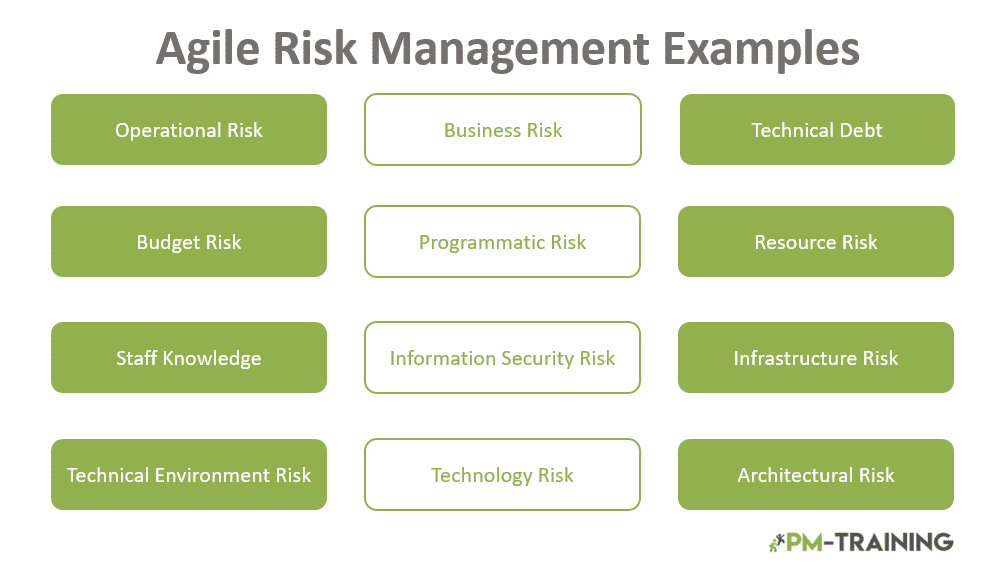
Project Goals, Objectives & Outcomes
This includes understanding what you want your final product or result to be, as well as identifying any subgoals that may lead to achieving these larger objectives. Writers on this topic need to provide clear examples of goals and outcomes for their audience so they can use these same tools later in the process. This means that your software needs to be user-friendly and capable of allowing users to perform the same action with minimal difficulty.
Project Constraints
Understanding a project’s constraints is important for identifying risks because it allows writers to determine what can be changed or adapted to overcome obstacles. One should ask themselves questions like, “Does the task at hand need to be done by a certain date?” “Are there any regulations that must be followed?” and other similar inquiries, so that they know exactly what restrictions are involved with the project.
Risk Assessment Techniques
An organization’s process assets must be examined to see if they have a defined set of risk categories. Users can employ strategies such as the Delphi technique, root cause analysis, SWOT analysis, documentation reviews, information gathering approaches, brainstorming, risk register, risk outputs, impact matrix, risk data quality evaluation, and simulation technique
27 Risk Category Examples
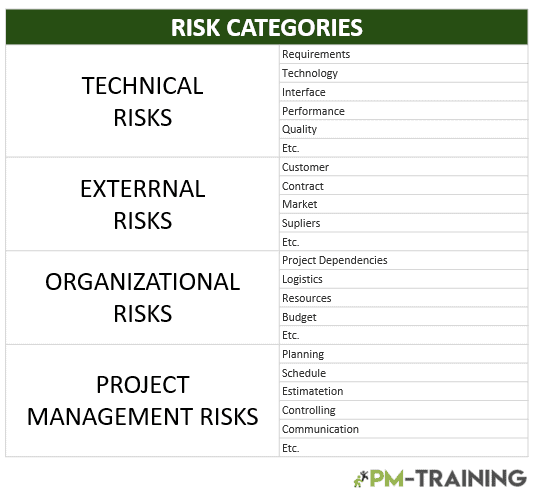
1. Scope
This is when your project fails to deliver on its promises, causing issues with meeting deadlines and budgeting targets. There are several reasons for this, some of which are outlined in the previous bullet point under the “contractual risk” category.
All scope risks, whether quantified or not, must be considered. In the broad category of scope risk, you can find everything from scope creep to hardware defects. Software defects include an insufficiently specified scope, unforeseen changes in the legal or regulatory framework, integration problems, and everything in between.
2. Estimates & Assumptions
Few undertakings get off to a perfect start, and few projects would ever get off the ground if absolute assurance were an “absolute” condition. That is why “assumptions” and “estimates” are critical defining variables in ensuring timely and realistic project outcomes.
Making estimates necessitates using assumptions. Assumptions that are violated are the same as risks that are realized. Estimate buffering can accommodate both of these factors. Estimating, identifying, and documenting project risks can be extremely beneficial, just as it can make assumptions.
3. Budget
Budget risk, also known as cost risk, arises from an incorrect estimate of a budget allotted to a specific project or activity. The consequences of this risk include delays in project completion, premature project handover, inability to provide a quality project, or a compromise in project quality compared to what was promised to the client.
4. Technical & Architectural
Technical and architectural risks are the types of risks that jeopardize an organization’s overall functionality and performance. These risks arise due to the failure of software and hardware tools and equipment used in a specific project.
5. Technology
Technology risk, often known as information technology risk, is the possibility that any technological failure would cause a firm to be disrupted. Companies are exposed to a wide range of technology risks, including information security incidents, cyberattacks, password theft, service disruptions, and other issues of concern.
Any technology risk encountered can potentially result in financial, reputational, regulatory, and strategic risk. This means that having an effective technology risk management strategy in place is crucial for anticipating and preventing future issues.
6. Interface
When a project’s success depends on the interaction of two or more stakeholders, interface risks can arise. When different contractors are engaged in the design, physical interfaces are common on the same or adjacent development.
7. Performance
Performance risk is the possibility that a product, service, program, or project will fail to deliver as much value as is required in the given situation or environment. It can apply to internal projects, outsourced projects, and product or service purchases from another company.
8. Quality & Process
It is possible to run into quality and process risks due to inefficient application of customizing a process and hiring staff who are not well trained, which can lead to compromised process outcomes and overall quality issues.
9. Project Schedule & Dependencies
Project Schedule & dependency risks are associated with unexpected linkages or missing inputs that significantly impact the project’s timeline. Dependencies primarily affect the project deliverables or the work and are grouped with the risks associated with scope changes.
10. Logistics
Logistics risks include transportation, warehousing, shipping, and inventory management and risks related to leadership at all levels, including logistics functions and supply chain operations.
11. Resourcing
The risks related to recruiting people for a project may be affected by changes in staff turnover levels within an organization’s workforce, causing delays if replacement personnel cannot be sourced quickly enough.
Resource risk is the possibility of not completing a task due to a lack of available resources. Financing, bridging loans, time, skilled workers, and anything else required to achieve a specific goal are all examples of resource types. Resource risk arises due to inefficient management of a company’s resources, such as its employees and budget.
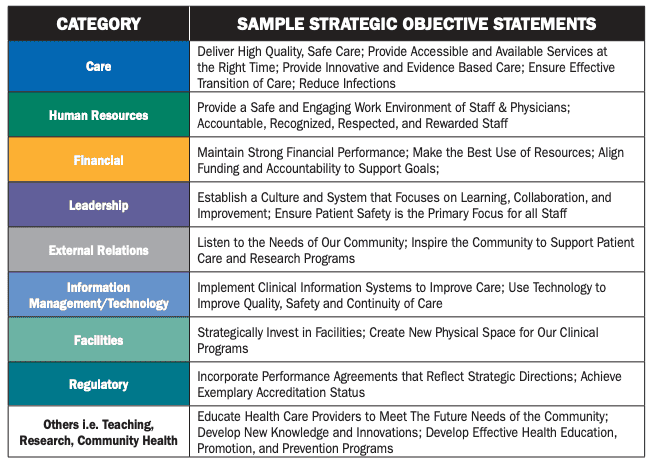
12. Budget
Budget risk can be defined as a risk arising from an incorrect estimation of the amount of money allocated to a specific project or process. Budget risk, also known as cost risk, has the consequence of delaying the completion of a particular project. It also involves handing over the project prematurely, failing to deliver a high-quality project, or offering a project of lower quality than what was promised to the client.
13. Communication
These are risks associated with the inability to communicate with other entities, whether people, software, or processes. Having identical information means there would be no need for communication and, consequently, no Communication Risk. People, on the other hand, are not all-knowing oracles.
14. Contractual
Any legal agreements you sign during this process could pose some financial risk if broken (e.g., a vendor takes your money and doesn’t complete the work). A contract risk definition usually consists of one of two things.
1. There is a possibility of incurring losses due to the buyer’s failure to comply with the contract terms, excluding cases in which the buyer cannot pay.
2. Losses may result from the transaction’s poor performance. Sellers are most at risk when dealing with fixed-price contracts and least at risk when dealing with cost-type contracts.
15. Internal procurement
This type of risk is associated with how well internal procurement works within organizations, including anything from supplier management, logistics, and vendor relationships, all leading up to buying decisions made by purchasing departments. These risks occur due to:
• Overstatement or understatement of the need
• Unrealistic timescales and schedules (use critical chain or critical path to adjust)
• Poorly designed requirements
16. Suppliers & Vendors
The risk associated with suppliers and vendors refers to any risk associated with the operation or organization of a supplier or vendor that can harm the activity of a client organization.
17. Subcontracts
These are risks associated with subcontracting. A common practice in the software development industry is using non-standard subcontract conditions prepared by the contractor. In such subcontracts, many of the requirements are harsh. They are regarded as the most significant risk, for which they include risk allowances in the bid price.
18. Client stability
Whenever a new business relationship or transaction with a customer is initiated, a series of risks is associated with that relationship or transaction. Identifying and assessing any potential risks the customer may pose is critical. This helps to reduce the likelihood that unexpected events will cause a system to malfunction.
19. Partnerships
A partnership risk is faced due to a partner’s inability to carry out their responsibilities.
The risks affect the financial position, creditworthiness, or ability to perform.
20. Legislation
In the business world, legislative risk refers to the possibility that regulations or legislation enacted by the government will significantly impact the prospects of one or more companies. These changes may harm the value of investment holdings in that company. Legislative risk can arise as a direct result of government action or changes in the demand patterns of a company’s customers, among other things.
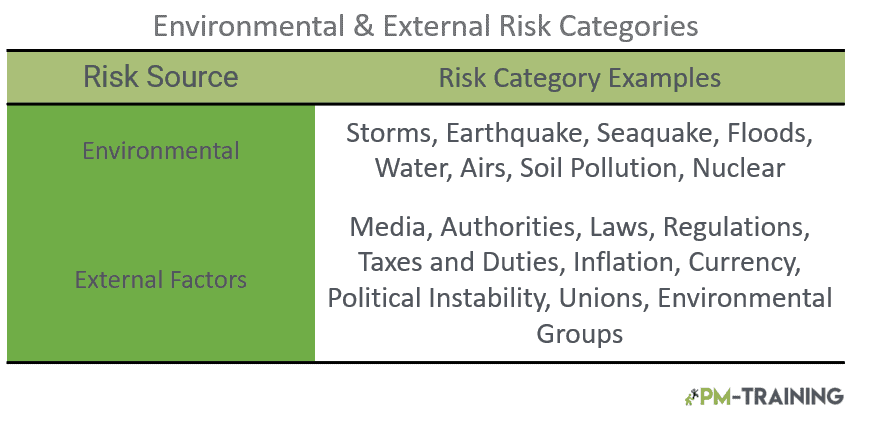
21. Market Rates
Suppose there is no downturn in the market. In that case, the market-rate risk is the risk of a decline in the value of a security or an investment portfolio, which can occur for various reasons. Market rate risk refers to the possibility of a financial loss due to factors that affect an entire market or asset class. Market risk is also called undiversifiable risk because it affects all asset classes and has an unpredictable outcome. An investor’s only option for mitigating this type of risk is to hedge their portfolio.
22. Business continuity risk
If data is lost, services are rendered unusable, or productivity is lost due to lack of access to systems/services, you will have this type of risk on your hands. In other words, if something happens that renders one or more critical business processes inoperable for any length of time, it could put the entire company at stake financially.
23. Regulations
Regulation risk refers to the possibility that a change in laws and regulations will have a material impact on security, business, industry, or market in the future. When the government or a regulatory body changes the laws or regulations, business costs can rise. The attractiveness of an investment can decrease, and the competitive landscape in a given business sector can change dramatically. Such modifications can completely demolish a company’s business model in extreme cases.
24. Weather
Weather risk is a company or organization’s exposure to dominant factors that will lower its profits or lead it to fail. Anything threatening a company’s ability to achieve its financial goals is considered a weather risk.
25. Facilities
Facility risk is the possibility that a facility, such as a data center, will fail and cause a loss or software development disruption. This, in turn, causes the whole development process to remain at a standstill.
26. Report Order Briefing
The report order briefing provides in-depth expert analysis, forecasts, and data on various financial and operational risk factors. Failure to follow this process results in a risk of report order briefing.
27. Security risk
This pertains to any risks related to security breaches, natural disasters, or physical safety.
Grouping Risk Categories
After you have identified all risks, you should group them. Suggested groups could be…
Technical Risk Categories
Technical risks cause an organization’s entire functioning and performance to fail. These risks develop due to the failure of software and hardware tools and equipment used in a specific project. The risk for this category may be due to capacity, Suitability, usability, Familiarity, Reliability, System Support, and deliverability.
- Team Communication
- Quality Assurance
- Architecture
Management Risk Categories
Management risk results from inefficient resource management, which is why appropriate management planning is always necessary to ensure that the project does not suffer any consequences.
- Resourcing
- Budgeting
- Other Projects
Commercial Risk Categories
Commercial risks broadly cover all non-political risks. Completion and financing risks, for example, may exist during the software development phase. From a company’s perspective, commercial risks are non-payments by private sector buyers due to default, insolvency, and failure to use software developed under the contract. Commercial risks harm project costs and revenue streams, and they can put a project’s commercial viability in jeopardy.
- Contractual
- Partnerships
- Suppliers
External Risk Categories
External risks often include economic events that arise from outside the corporate structure. These events are impossible for a company to control or predict with high accuracy, making lowering the associated risks difficult. Economic, natural, and political factors are the three types of external risks.
- Weather
- Regulations
- Facilities
Risk Breakdown Structure Template
A risk breakdown structure, or RBS for short, is a hierarchical chart that divides project risks into higher-level risk categories. It is an essential tool in a project manager’s repertoire for risk management.
The risk breakdown structure provides a framework for categorizing and evaluating the risks associated with a project, making it easier for project managers to plan for and minimize the effects of the risks.
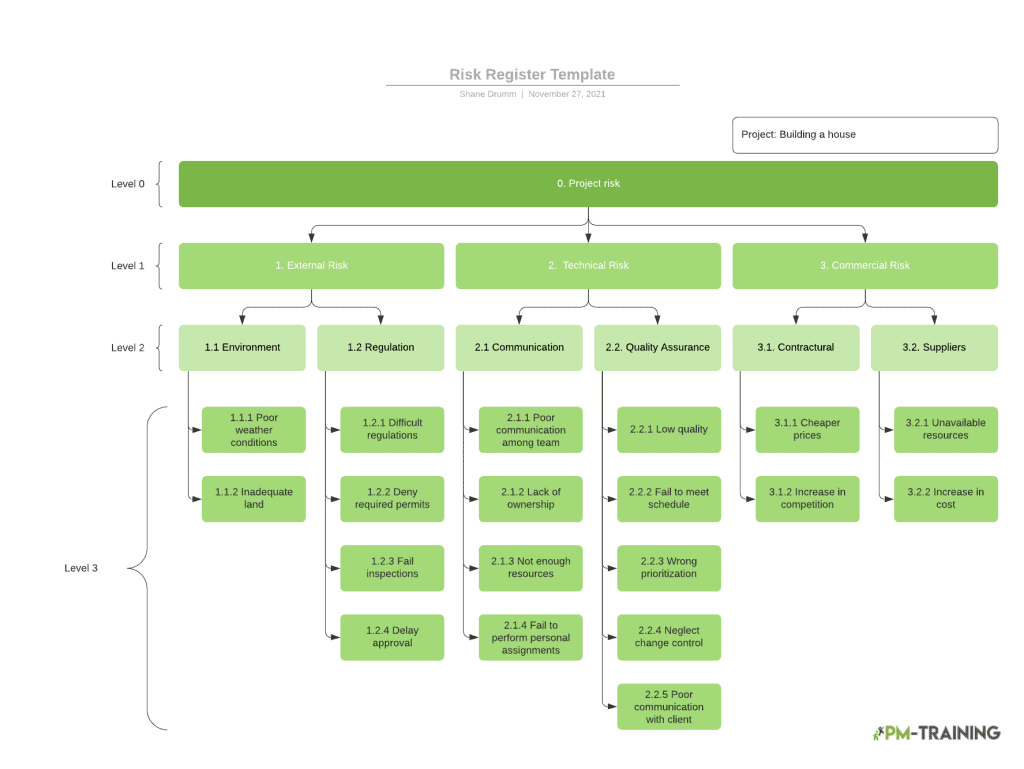
A Risk Breakdown Structure allows project managers to define and categorize their risks into larger groups with lower-level components that can be assigned specific actions during execution. This tool provides a clear path forward when analyzing possible problems without requiring extensive planning at the beginning of projects. This helps ensure you are spending time on activities that will have the greatest impact on mitigating these issues.
Shane Drumm, holding certifications in PMP®, PMI-ACP®, CSM, and LPM, is the author behind numerous articles featured here. Hailing from County Cork, Ireland, his expertise lies in implementing Agile methodologies with geographically dispersed teams for software development projects. In his leisure, he dedicates time to web development and Ironman triathlon training. Find out more about Shane on shanedrumm.com and please reach out and connect with Shane on LinkedIn.